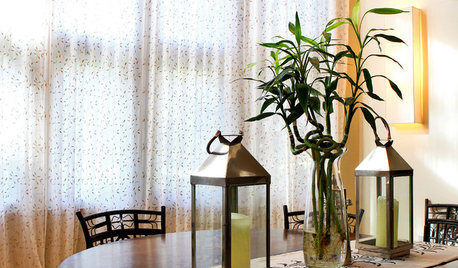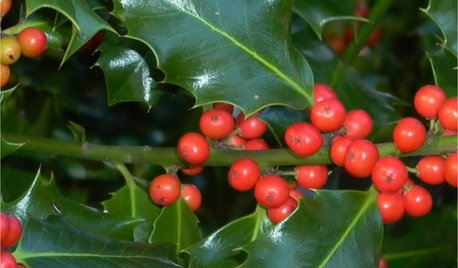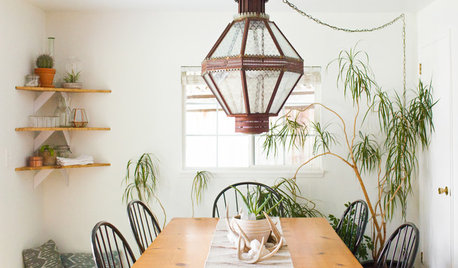Problem with dracaena marginata
maximus2015
9 years ago
Featured Answer
Comments (14)
RaptorRed
9 years agomaximus2015
9 years agoRelated Professionals
Allen Landscape Architects & Landscape Designers · Wrentham Landscape Architects & Landscape Designers · Jennings Landscape Architects & Landscape Designers · Otsego Landscape Architects & Landscape Designers · West Chester Landscape Architects & Landscape Designers · Wilmington Landscape Contractors · Bainbridge Island Landscape Contractors · Beverly Hills Landscape Contractors · East Haven Landscape Contractors · Lemont Landscape Contractors · Mastic Beach Landscape Contractors · Mercedes Landscape Contractors · National City Landscape Contractors · Glenbrook Interior Designers & Decorators · La Habra Interior Designers & Decoratorsmaximus2015
9 years agokwie2011
9 years agostewartsjon
9 years agoTiffany, purpleinopp Z8b Opp, AL
9 years agokwie2011
9 years agotapla (mid-Michigan, USDA z5b-6a)
9 years agomaximus2015
9 years agotapla (mid-Michigan, USDA z5b-6a)
9 years agotapla (mid-Michigan, USDA z5b-6a)
9 years agomaximus2015
9 years agokwie2011
9 years agolast modified: 9 years ago
Related Stories

HOUSEPLANTSAim High With This Tall African Houseplant
Corn dracaena can give you a big splash of green with little fuss
Full Story
HOUSEPLANTSGet a Dash of the Rain Forest With Madagascar Dragon Tree
This living decoration reaches up to 15 feet, has minimal needs and adapts to different light levels — just steer clear of fluoride
Full Story
DECORATING GUIDESImprove Your Style Fortune With Lucky Bamboo
Serve this versatile plant straight up or with a twist for auspicious living decor that thrives without soil
Full Story
GARDENING GUIDES9 Holly and Ivy Plants for Good Tidings in the Garden
Spread Christmas joy all year round with the gorgeous foliage and bright berries of these evergreen plants
Full Story
GROUND COVERSGround Force: 10 Top Ground Covers for Your Garden
Protect your soil from weeds and drought this summer with a living mulch of ground covers
Full Story
ECLECTIC HOMESMy Houzz: A Sanctuary With Bohemian Flair in the Pacific Northwest
See how a retail display artist and a Pilates instructor personalize their midcentury rambler
Full Story
HOUSEPLANTS10 Top Plants to Grow Indoors
Brighten a room and clean the air with a houseplant that cascades artfully, stretches toward the ceiling or looks great on a wall
Full Story
ECLECTIC HOMESMy Houzz: From Beige and Bland to Eclectic and Moody in Austin
Colorful graphic wallpaper and eclectic finishes help transform this 1970s Texas home
Full Story
HOUSEPLANTS8 Essentials for Healthy Indoor Plants
Houseplants add so much to our homes — and can thrive when grown in the right conditions. Keep these tips in mind
Full Story
GARDENING FOR BUTTERFLIES3 Ways Native Plants Make Gardening So Much Better
You probably know about the lower maintenance. But native plants' other benefits go far beyond a little less watering and weeding
Full StoryMore Discussions










tapla (mid-Michigan, USDA z5b-6a)